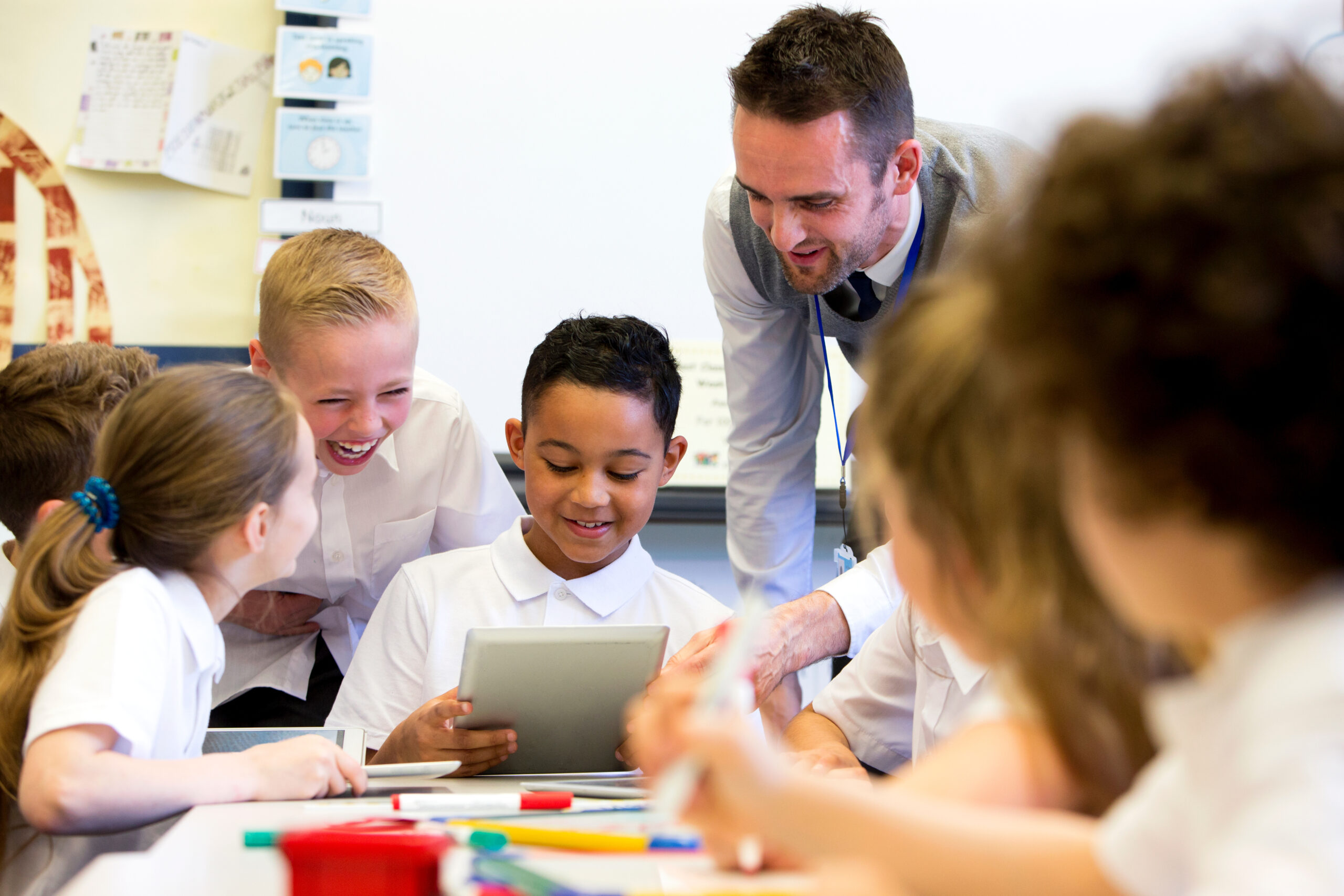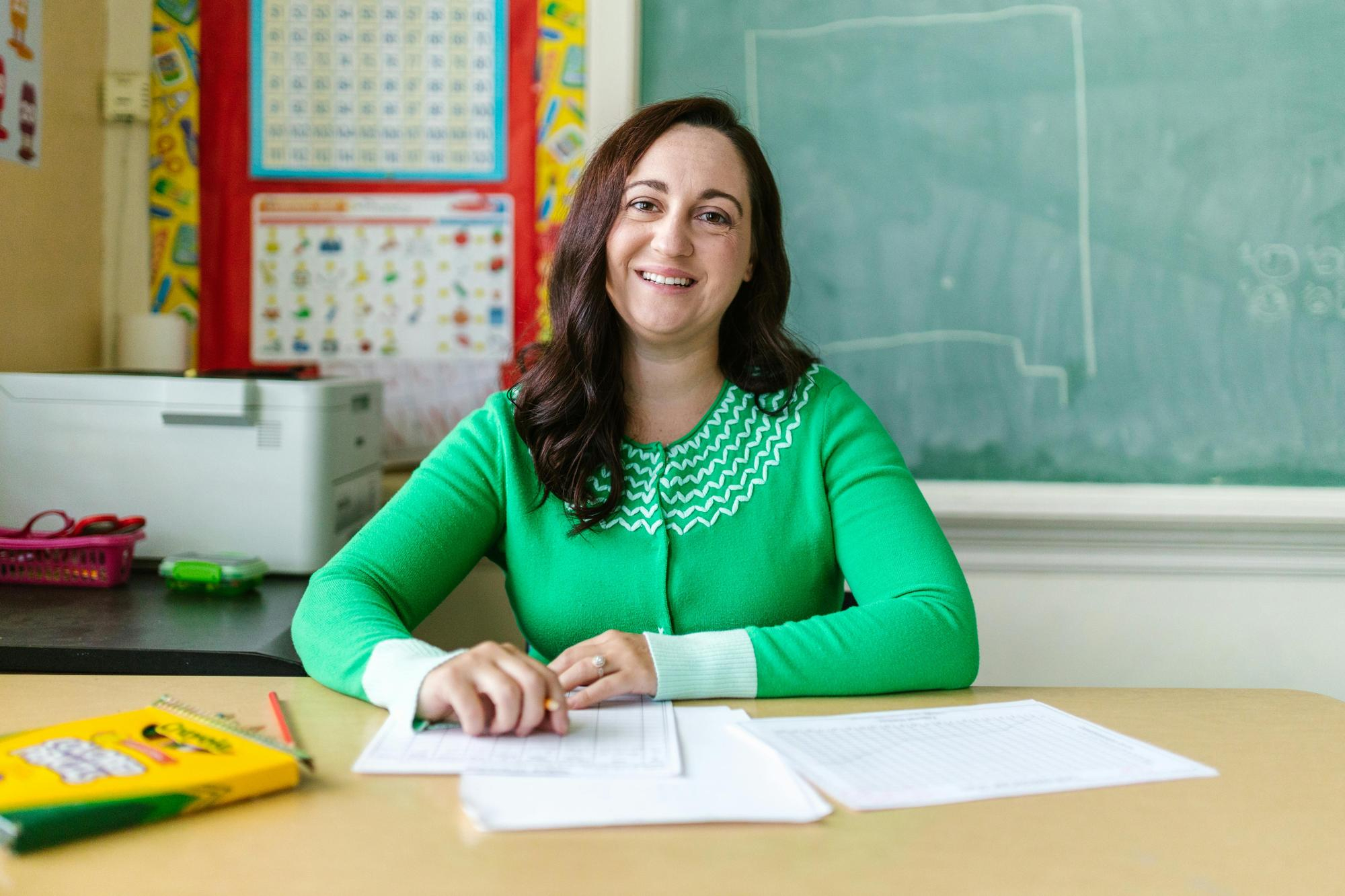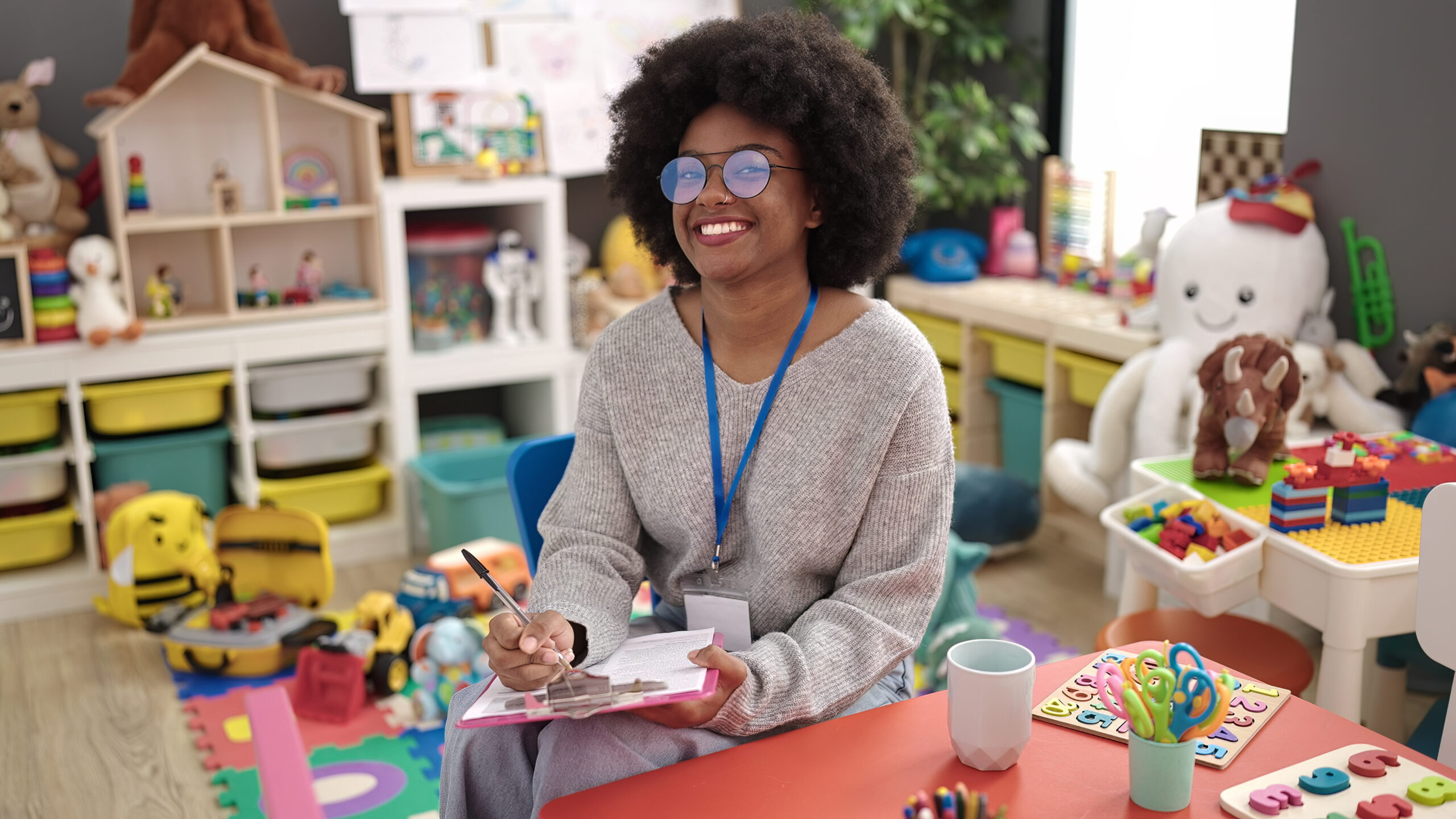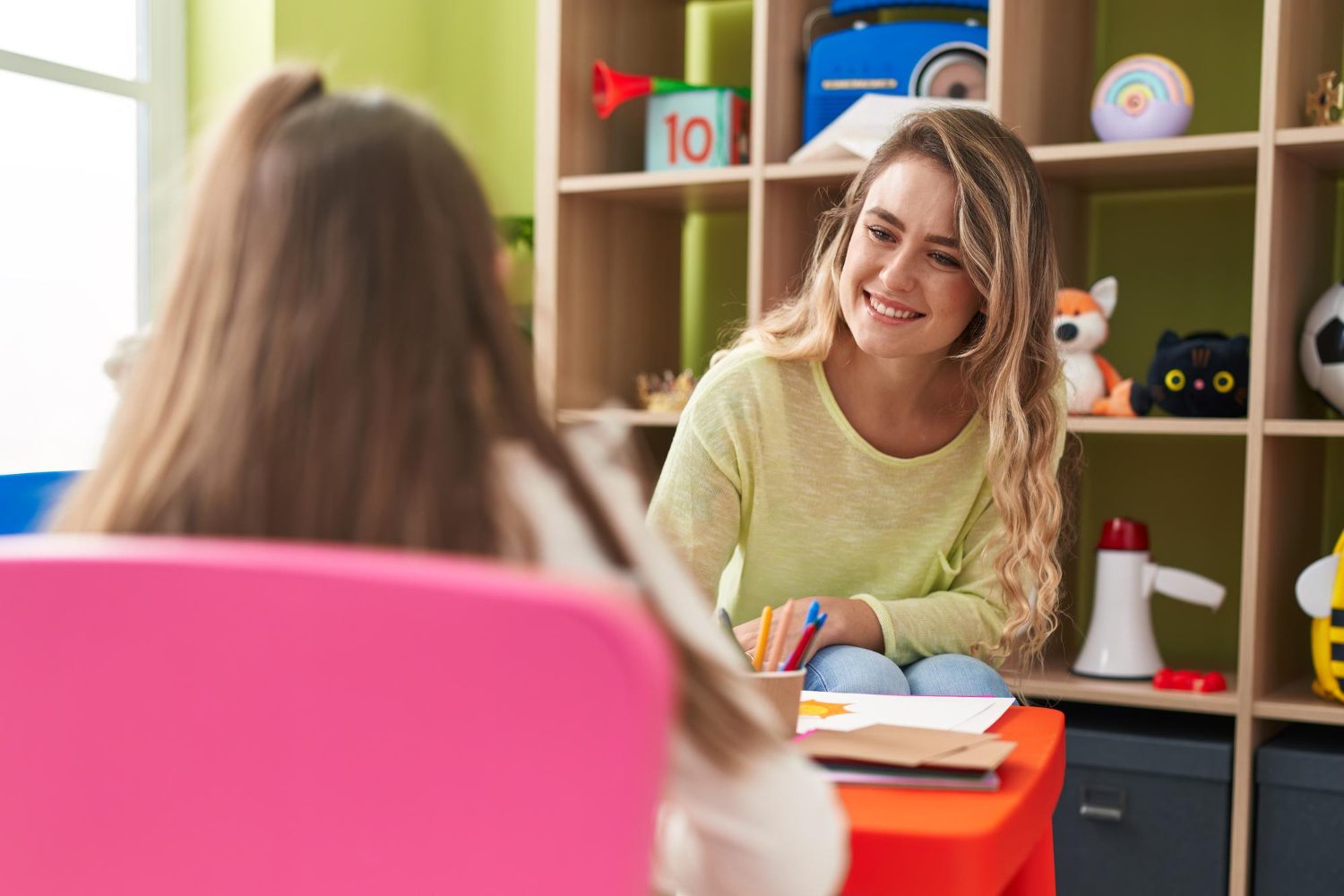Disruptive behaviour in the classroom is a challenge that every teacher faces at some point. It can range from minor interruptions to more severe actions that derail lessons and affect the learning environment for all students.
Effectively managing disruptive behaviour is crucial for maintaining a positive and productive classroom atmosphere.
We’ll explore strategies and techniques that teachers and teaching assistants can use to handle disruptive behaviour in a way that is fair, consistent, and supportive of all students.








